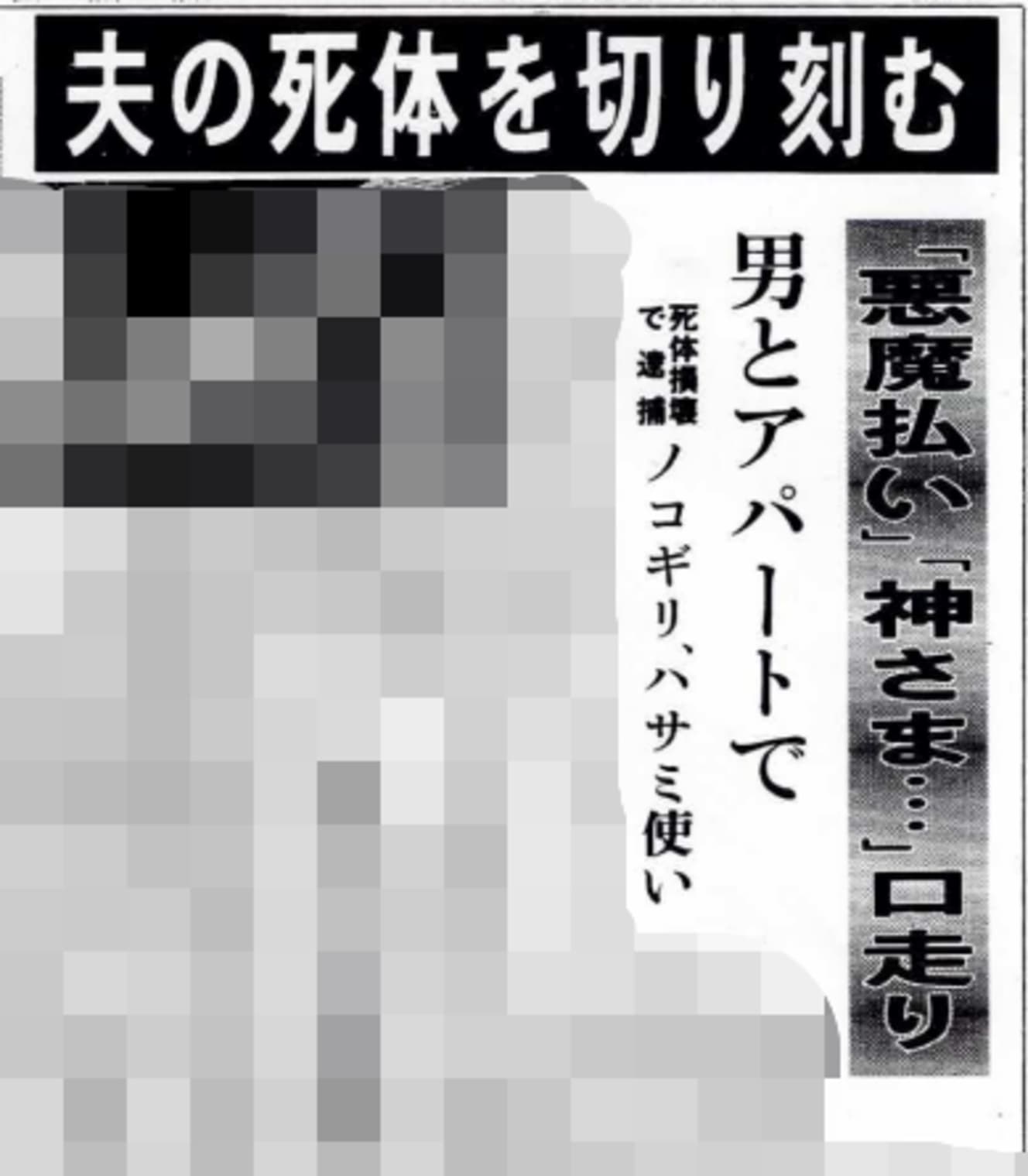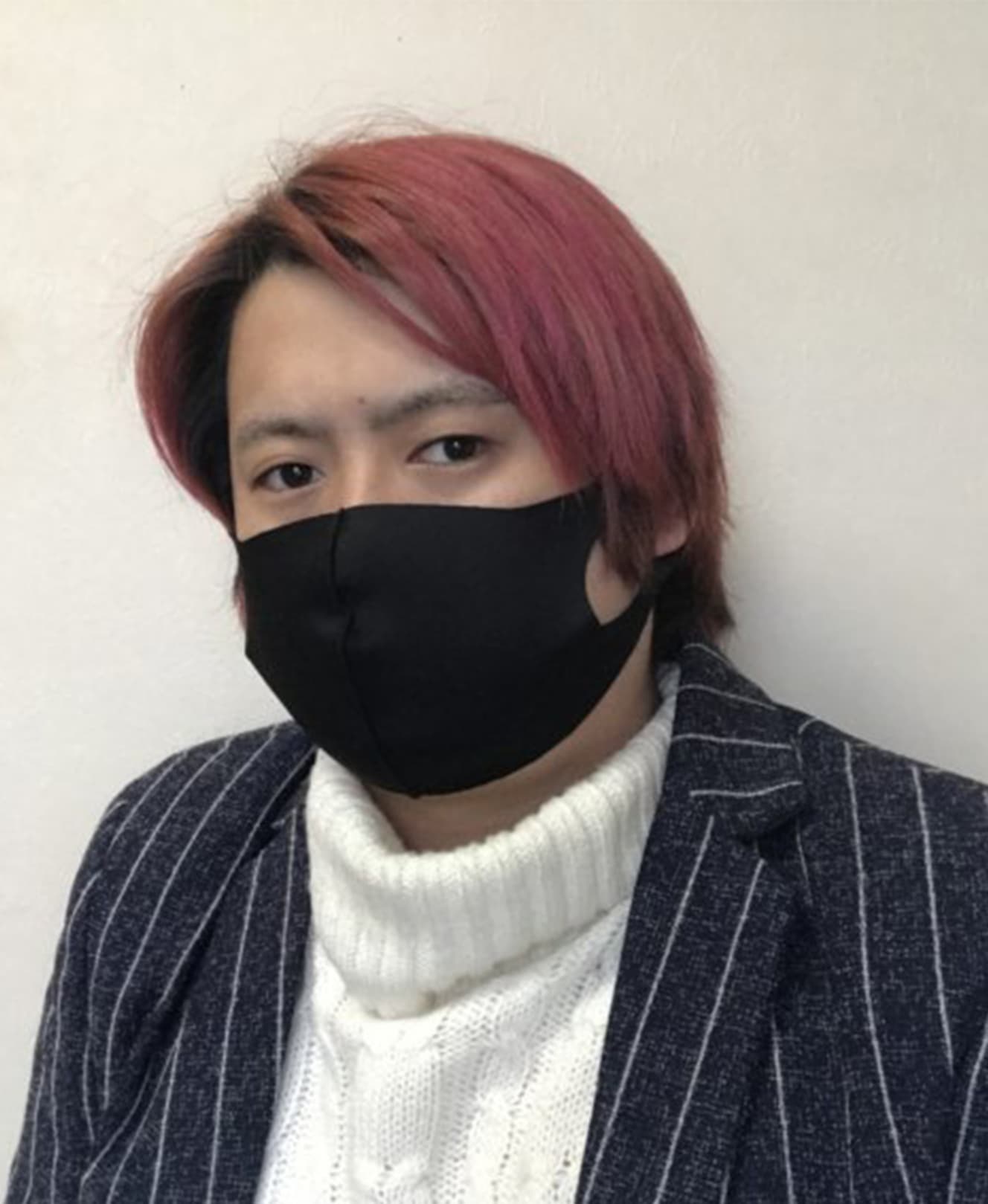[Caution] “Seasoning the bodies with salt and pepper” and “Rinsing and storing the parts in water”…3 atrocities and monstrous incidents that remain in the history of the Showa period.
The Sayama Incident, the Nishiguchi Akira Incident, the Tsuyama 30 murders…. These are known as murders that will remain in the history of the Showa period and have shaken the world. The media reported daily on the atrocious methods used, the scale of the damage, and the motives of the perpetrators, and even today, many of these cases have been documented in literature. Even those who were not born in those days may have at least heard of the incident.
On the other hand, there are many other “mysterious incidents of the Showa era” that were not widely reported. Akiyuki Hozumi, a writer of rare and mysterious incidents, has been compiling these incidents and publishing them in books and on YouTube.
In this article, Hozumi introduces three of his most memorable Showa-era mysterious incidents. We recommend that you refrain from reading this article if you are eating.
The case of a middle-aged man who was fried in oil
The incident occurred in March 1976. The dismembered body of a 39-year-old man (S) was found in a mountain in Kisarazu City, Chiba Prefecture. The body was found in a state of decomposition, and some parts had been eaten by wild dogs. The man arrested was “K,” a former apprentice itamae (chef).
It all started when S met K at a bar, where K got S drunk and stole 50,000 yen in cash. K then took S to his house, dismembered him, murdered him, and dumped him in a mountain.
What is surprising is what K did after he dismembered S. It is said that K had always had a strong interest in human flesh, and he tried to eat the thigh meat he had cut off from S by cooking it in oil and seasoning it with salt and pepper. In a subsequent interview with the Weekly Yomiuri, he said, “I really wanted to try it as sashimi, but I didn’t have any wasabi soy sauce on hand, so I fried it in oil and sauteed it with salt and pepper. I had no idea that human flesh could smell that bad,” he testified. There have been several cases of cannibalism in Showa history, but it was a rare case in which a man calmly described the taste and smell of human flesh in detail.
In another interview, she said, “There was a male symbol sticking out of [the corpse’s] pants. It was so big and magnificent that it could not be compared to mine. I had always longed for such a strong manly thing, so I suddenly wanted one. Although the testimony states that he “threw them in the trash,” the possibility that he ate them cannot be ruled out.
This incident occurred five years before the “Paris Cannibal Incident” that caused a stir in Japan in 1981. It was a horrific cannibalism case brought on by human intellectual curiosity.

The Mummy Husband and the Escape of Love
In April 1987, the Asahi Shimbun newspaper carried an article titled “Three Weeks of Driving with Mummy Husband. It was an incident that occurred to a friendly couple who ran an interior decoration business in Suginami Ward, Tokyo, and was a love escapade born of pure feelings for the husband.
In November 1986, the husband, A, suffered a cerebral hemorrhage and was hospitalized in a critical condition, unconscious. After seeing that A was not recovering despite continued treatment, his wife, Biko, said, “I don’t trust hospitals anymore. I will heal my husband in my own way,” and unilaterally decided to leave the hospital. Biko continued to nurse her husband with great care, but a week later, A passed away.
However, not wanting to hand over A’s body to the hospital, Biko decided to make a trip to search for a temple to find a place to bury her dead husband. It seems that she wanted to mourn her beloved husband in a way that satisfied her, not by someone else’s hands. She and her friend C got into a van, packed A’s body in a homemade coffin, and set out.
They stopped at temples along the way and asked them to take care of her husband’s body, but they were turned down one after another. They went to Kyoto, Nara, and Kyushu, and as a result, their escape lasted three weeks. By that time, A’s body was already mummified, and the case came to light when C, who could no longer stand the couple’s escapades, rushed to the Suginami Police Station.
A series of incidents occurred due to distrust of hospitals and excessive love for her husband. More than 35 years have passed since the incident was discovered, but to this day, it is still unknown what happened to A’s body and B’s child.

Devil exorcism The Devil’s Dismemberment Murder Case
The final Showa-era mystery case is the Fujisawa Satan Exorcism Dismemberment Murder, which took place in Fujisawa City, Kanagawa Prefecture. Compared to the previous two cases, there are several media that have already summarized the circumstances of this case, and some of you may be familiar with it.
The incident occurred in 1987 at the end of the Showa period. M, the vocalist of a visual band, was murdered and dismembered; he was also called “Japanese Michael Jackson” because of his handsome face, and his records had been released before his murder. The murderers were his wife and his cousin S. Two relatives committed the crime.
At the time, the victim, M, was living with his wife and S. S helped M write songs, and his wife provided emotional support.
However, in addition to being relatives, the three had one thing in common: they were all fanatical believers in a certain religious group. As they lived together, the words “devil,” “God,” and “salvation” gradually became common words in their shared language. The closed space eventually became so overwhelming that M began to believe that he was being possessed by the devil.
On February 22, 1987, in order to exorcise the demon that had attached itself to M, his wife and S performed a self-styled exorcism ritual. They tried scratching his body with their fingernails and rubbing salt into the wounds, but it did not have the desired effect. Eventually, they began to wonder, “Is there a demon inside M’s body?” They killed M and dismembered him in order to exorcise the demon lurking in his internal organs.
The ritual continued for three days and three nights. When the police arrived at the scene, they found two men and a woman dismembering M’s body while listening to a cassette tape recorder playing a self-produced soundtrack.
The religion that the three men believed in did not include any doctrine of exorcism. The closed space caused each of them to let their minds run wild, and they made the wrong decision in this case. In light of their actions and motives at the time of the murder, this was one of the most bizarre cases in Showa history.

Mr. Hozumi has summarized incidents from the Meiji era to the Showa era.
When you look at books that summarize bizarre incidents that happened in the past, they generally deal with such cases as the Tsuyama 30 murders and the Abe Sada incident, which narrows down the information to be published. However, with newspapers having been around for more than 150 years, there are still uncountable incidents. There is always something to be gained by knowing about incidents such as the one I mentioned earlier, which was dealt with in the newspaper’s three-page article. We must never forget them as historical facts.
He concluded his speech by saying, “We should never forget these incidents as historical facts.

Interview and text by: FM Nakanishi